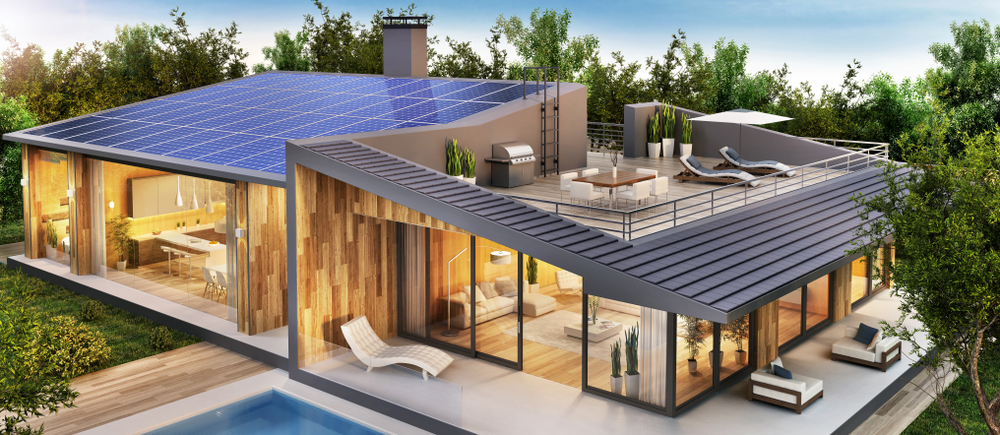Last Updated on December 12, 2022 by admin_hunter
Choosing the right whole house solar generator can be daunting, given the many factors you must consider before purchasing. If you have the correct information on what to look out for, you’ll be sure to choose the right generator.
But what factors must you consider? And how important are these factors in making the right decision? Let’s find out!
Factors to Consider When Choosing a Whole House Solar Generator
Buying a whole house solar generator isn’t easy since it’s something you’ll use permanently, and choosing the wrong one will only frustrate you with unmet electrical power needs for your house.
Here’s what to consider to ensure you make the right purchase.
1. Battery Capacity
The battery is one of the four critical components of a solar generator. It stores electrical energy for later use when you need it most, especially when the sun isn’t available for the continued manufacture of solar power.
For a whole house solar system, a bigger battery is better. You could also have several interconnected batteries to meet higher electricity demands if you have a large house or a substantial electrical load and need a lot of backup power.
When choosing a battery with a good capacity, it’s advisable to consider that 12-volt batteries work better with 12-volt solar power panels, while 24-volt batteries go well with solar panels with a similar volt capacity.
2. Battery Type
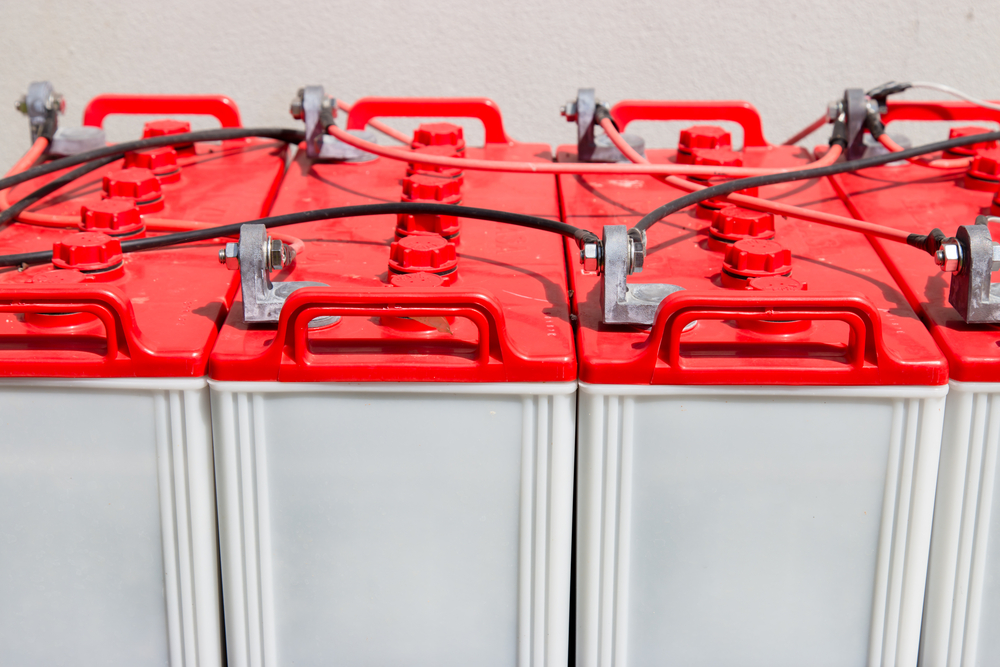
You’ll have two choices for solar generator batteries. You can choose between lithium-ion batteries and lead-acid batteries.
The more common type is a lithium battery, which is preferred because it stores more solar energy, has a longer lifespan, and is lighter than its lead-acid counterpart.
The longer lifespan means you’ll save money on replacement batteries, but the upfront cost of the lithium battery is higher than that of a lead-acid battery, which lasts a shorter time, stores less power, and is cheaper.
3. Solar Generator Power Rating
The power rating of a solar generator, in watt-hours, refers to the amount of power it can deliver in an hour when the battery is fully charged. A higher capacity but a lower power rating solar generator will provide less electrical energy but last longer.
The best way to know the power rating your solar generator should have is to check the total wattage load for your whole house. To do this, check the wattage of each electrical device or appliance and add it all up.
The generator’s running watts rating (the amount of electrical energy produced continuously) should exceed the total wattage of the electrical load in your house.
4. Solar Generator Inverter Capacity and Type
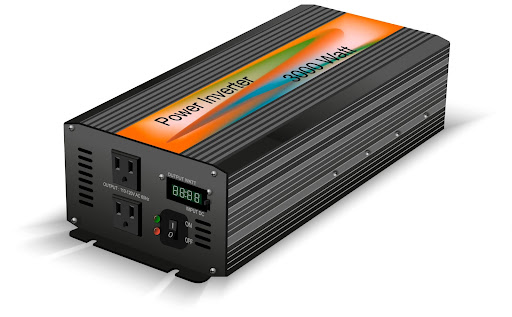
The inverter is another crucial solar-powered generator component without which your system can’t function. It’s responsible for converting direct current (DC) to alternating current (AC), the form in which most appliances and electronics consume electricity.
Since the inverter also determines how much electrical energy you can get from your solar generator when it’s fully charged, you must ensure its capacity matches correctly. Most inverters for solar systems have a capacity of 4,000 continuous watts or more.
The solar inverter must be proportional to the power of the solar generator to achieve maximum efficiency. The best option is to buy a pure sine wave solar inverter, but you’ll have to dig deeper into your pocket.
5. PV Input and Recharge Time
The photovoltaic (PV) input of a solar generator determines how long it takes the generator to recharge. A solar generator system with a higher PV input will charge faster than one with a lower value.
The solar generator manufacturer usually indicates the estimated time the system will take to restore an exhausted solar battery to full charge.
The recharge time will depend on the power input of the connected solar panels and the generator’s charging speed. It can take anywhere from a few hours to days, depending on the prevailing weather.
Another critical aspect to consider with the recharge time is charging and discharging the battery simultaneously.
The recharge time will increase if you’re using the battery to power electrical devices while still charging. It’s best to ensure you don’t consume energy faster than the generator can recharge the battery.
6. Charge Controller
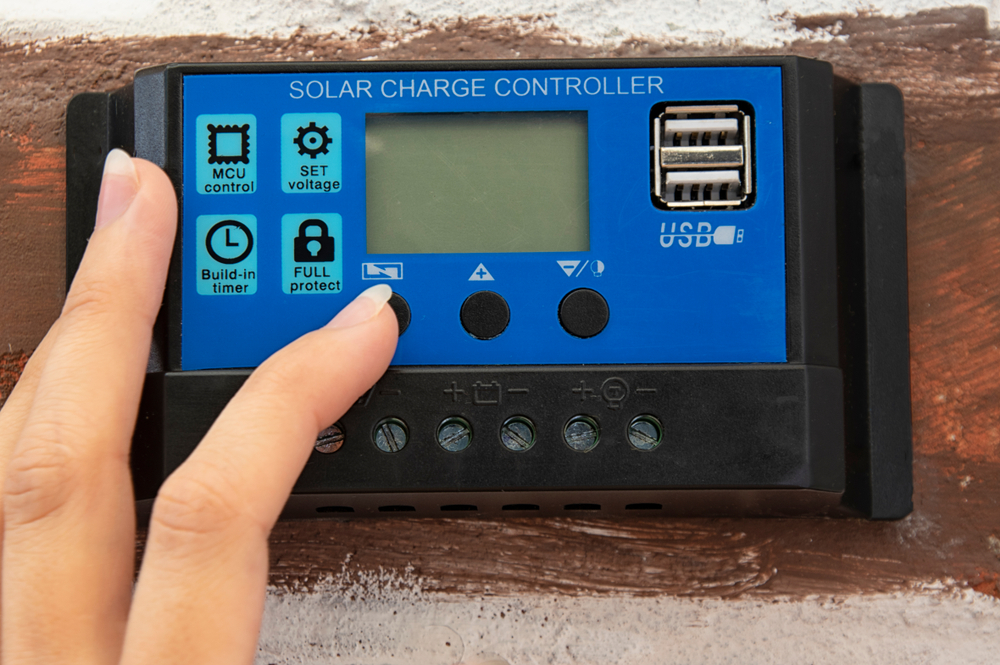
The charge controller is another critical component of a solar generator. It regulates the harnessed electric current between the solar battery and the solar panel.
The solar charge controller helps prevent overcharging or over-discharging the battery, which potentially reduces its utility lifespan.
A simple solar-powered generator will have a simple charge controller to cut power when the maximum voltage is attained, while larger generators may have multiple controllers working in sync.
7. Number and Types of Outputs
There’s no point in installing a whole-house generator if it doesn’t have the suitable types and number of electrical outputs or receptacles to match your current and future needs.
Besides having the usual 110-volt AC outlets, your solar generator should also have ports that can charge different mobile devices, such as USB-C and USB-A outputs.
8. Solar Generator Display Panel
Your solar generator should have an easy-to-use display panel to allow you to check the health status of your system. A good panel should provide system information such as warning messages, charge input, energy content of the battery, and output usage.
9. Power Transfer Switch
Although not necessary for an off-grid home, a solar generator with a power transfer kit is preferable. The switch allows you to connect your main grid system to the solar generator, making it easy to switch between the two whenever the need arises.
The power switch enables you to connect your electrical appliances to the existing receptacles in your house rather than plugging them directly into the solar generator, which improves electricity distribution and access.
10. Weight and Portability
Weight won’t be a big deal for a whole house solar generator, but where you place its components will matter.
A lightweight system is preferable. It will be easier to transport or relocate. However, a portable solar generator often means less storage capacity.
What Size Solar Generator Do I Need?
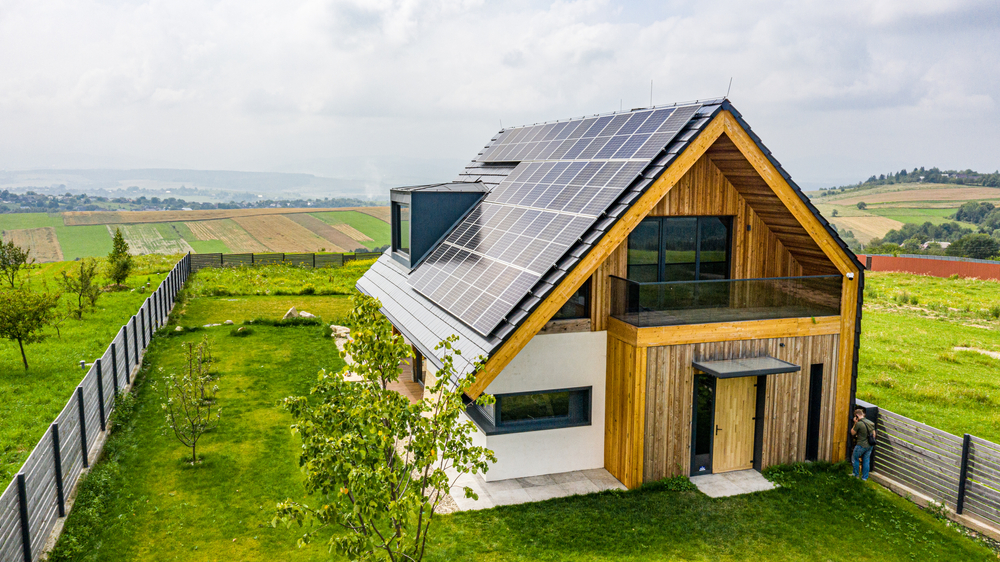
Without first assessing your current and possible future electric current needs, it’s hard to tell the size of generator you’ll need.
You can opt for a small generator of 1,000 watts or less if you have a small home with a light electricity load. It will be enough to power small appliances and devices like phones, laptops, desktops, and small lights.
A medium-sized house can make do with a medium-sized generator of 1,000-3,000 watts for powering larger appliances like fridges, freezers, and microwaves.
For a larger house, the best solar generator should have at least 5,000 watts to suffice.

